Commonly Used Medical Devices That You Can Own at Home | CMI Health
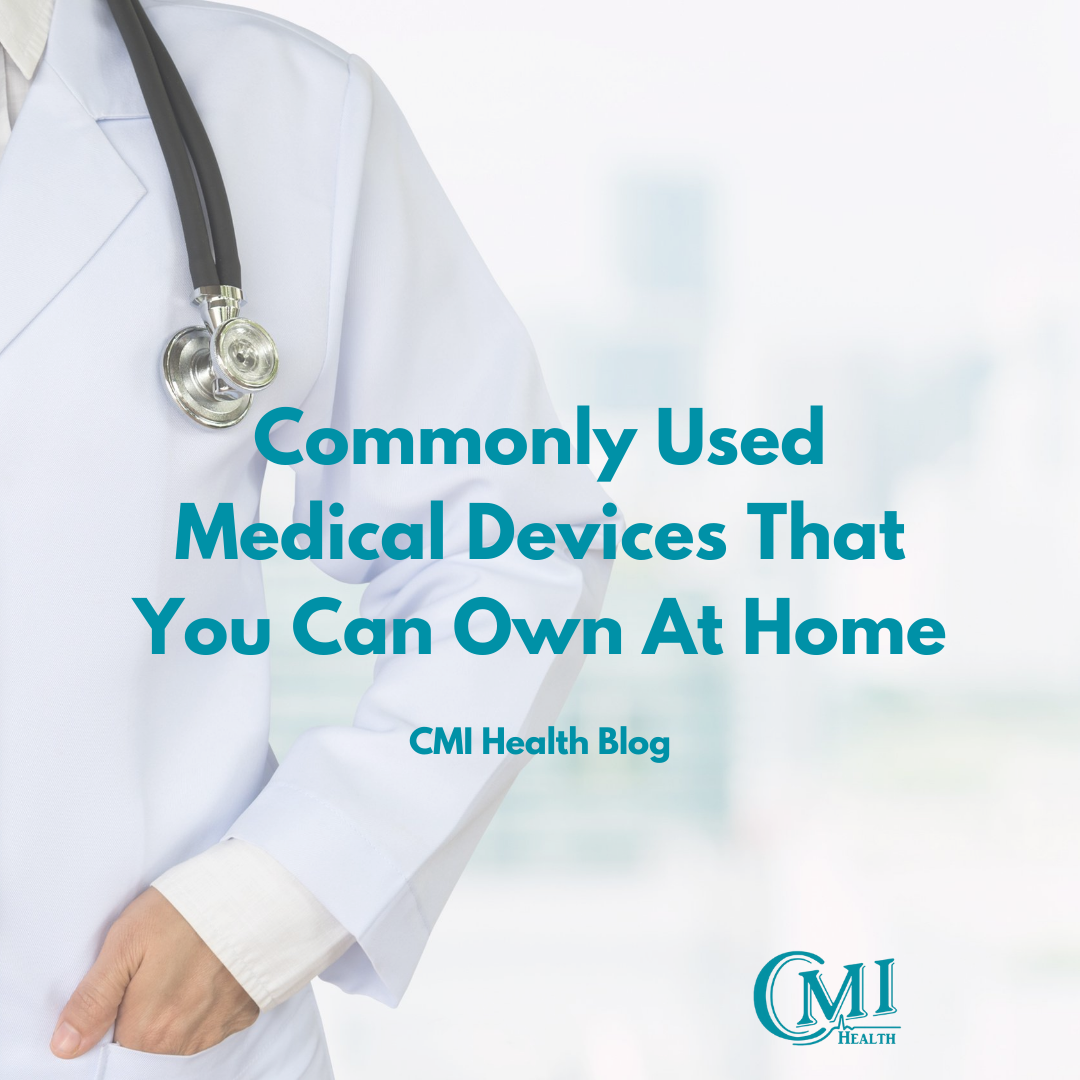
Commonly Used Medical Devices That You Can Own at Home
Having access to medical devices at home is a convenient solution for those with diagnosed lung diseases or those who desire to track their general health.
Knowing and understanding the different kinds of medical equipment you can purchase makes monitoring your health much easier. Below is a list of devices commonly used by physicians that you can also own at home.

Pulse Oximeters
Pulse oximeters are devices that measure pulse rate and blood oxygen (SpO2). These measurements indicate how much oxygen in present in your red blood cells (SpO2) and how well this blood is being pumped throughout your body (pulse rate). Readings on pulse oximeters can vary for each person, so it is important to consult your physician before making any medical decisions (HopkinsMedical, 2021).
Check out our other blog “Normal Readings on a Pulse Oximeter” for more in-depth information!
Pulse oximetry readings are quick and non-invasive, making them ideal for at home use. There are different categories of pulse oximeters used depending on the patient’s needs. For example, fingertip oximeters are great for on the go spot checking, while a continuous monitor would be best for overnight use. Some pulse oximeters are also able to connect directly with your phone so that you can easily download your readings to share with your physician. More advanced versions of these devices, like our oximeter series, are able to store data for multiple days, alleviating the need for frequent doctor visits.

Spirometers
Spirometry is a respiratory assessment that measures lung function. In a professional medical setting, there are two types of spirometers used: incentive spirometers and peak flow meters. Incentive spirometers monitor your lungs inhalation ability to train your lungs to function more efficiently. These are often used on patients who are recovering from upper abdominal surgery or those with pneumonia, COPD, and other chronic respiratory conditions (Junior, Paulo, et al, 2014). Peak flow meters measure your lung’s ability to exhale one breath. These devices best for general, every-day use.
Spirometry readings measure forced vital capacity (FVC) and forced expiratory volume (FEV). FVC measures the largest amount of air that you can exhale after breathing as deeply as you can. A low FVC reading may indicate restricted breathing. FEV measures how much air you can exhale in one second. A low FEV reading may indicate a significant lung obstruction (MayoClinic, 2021).
Spirometers are great devices to have at home because they allow users with respiratory conditions to independently manage their health. However, they can also be used by those who simply want to track their breathing abilities like athletes and musicians. Over time, spirometry readings can help physicians determine a treatment plan that best suits the patients’ needs. SpiroLink, is a digital spirometer designed with a pressure sensor to ensure durability and provide accurate measurements. Click here to read its top reviews.

Blood Pressure Cuffs
Blood pressure readings are taken during most routine checkups. Blood pressure occurs when the blood that is being pumped presses on the walls of your arteries. High blood pressure can indicate that your heart is working too hard to pump blood to the rest of your body. Over time, this can cause heart disease, heart attack, or stroke (High Blood Pressure Symptoms and Causes, 2021). Blood pressure monitors measure two types of pressure: systolic and diastolic. Systolic pressure is higher and occurs when your heart beats and pushes blood through the arteries. Diastolic pressure is lower and is measured while your heart is resting, re-filling with blood.
Blood Pressure cuffs are the instruments that are wrapped around your arm and inflate until the blood flow to your artery has stopped. Once the cuffs deflate, the doctor will listen to the blood pumping through the artery and again when your heart is resting, to determine your blood pressure (MedlinePlus, 2021)
A digital blood pressure device is your best option if you are looking for medical grade accuracy, however it is still important to consult your doctor before making any health decisions. Some blood pressure devices can also monitor additional health functions, such as our PC-102 device which measures blood pressure, pulse rate and SpO2.

Oxygen Nebulizer
An oxygen nebulizer is a respiratory device commonly used for cystic fibrosis, asthma, COPD, or other respiratory disease treatments. The device essentially breaks down liquid medicine into a fine mist that the user can breathe in through a mask or mouthpiece (British Lung Foundation, 2021). This treatment is often preferred over ingested medicines because it targets the lungs directly and allows the users to avoid negative symptoms associated with pill treatments (Nebulizer Machine, 2021).
Nebulizers are useful, at home devices for those with more severe respiratory illnesses, arthritis, or those with children or babies. There are many different types of nebulizers used in hospitals, but the most common types are ultrasonic and jet nebulizers. Ultrasonic nebulizers use high frequency vibrations to turn the medicine into mist. These devices can be expensive because high frequency vibrations can only be used in controlled areas, so they are often only used in hospitals. Jet nebulizers are the most accessible type of nebulizer for at home use. These devices use compressed gas to turn the medicine into a mist, which can be controlled at home, making them more affordable. (British Lung Foundation, 2021).
Still have questions? Contact us at info@cmihealth.com or call our customer service hotline at 888-985-1125 (ext. 1).




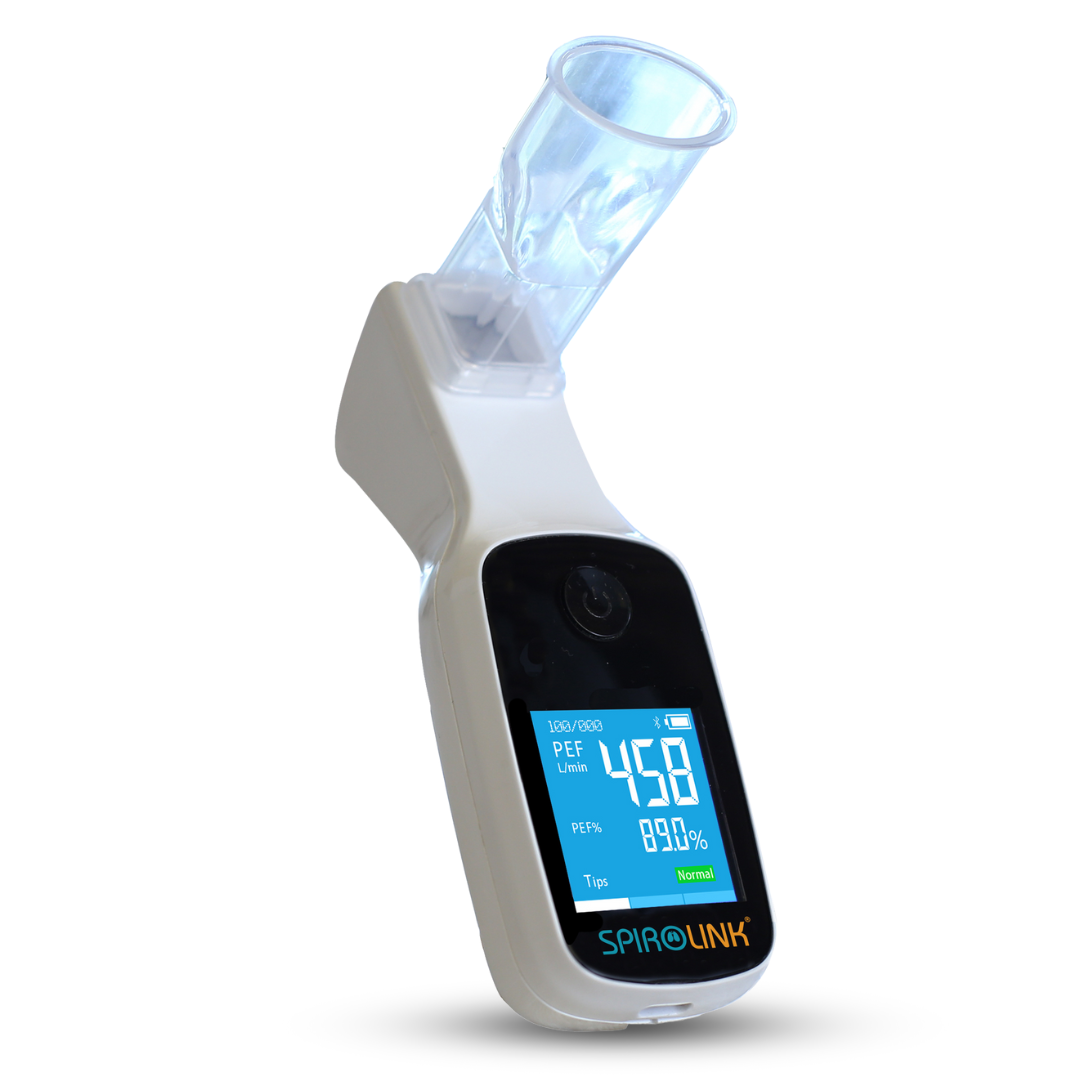
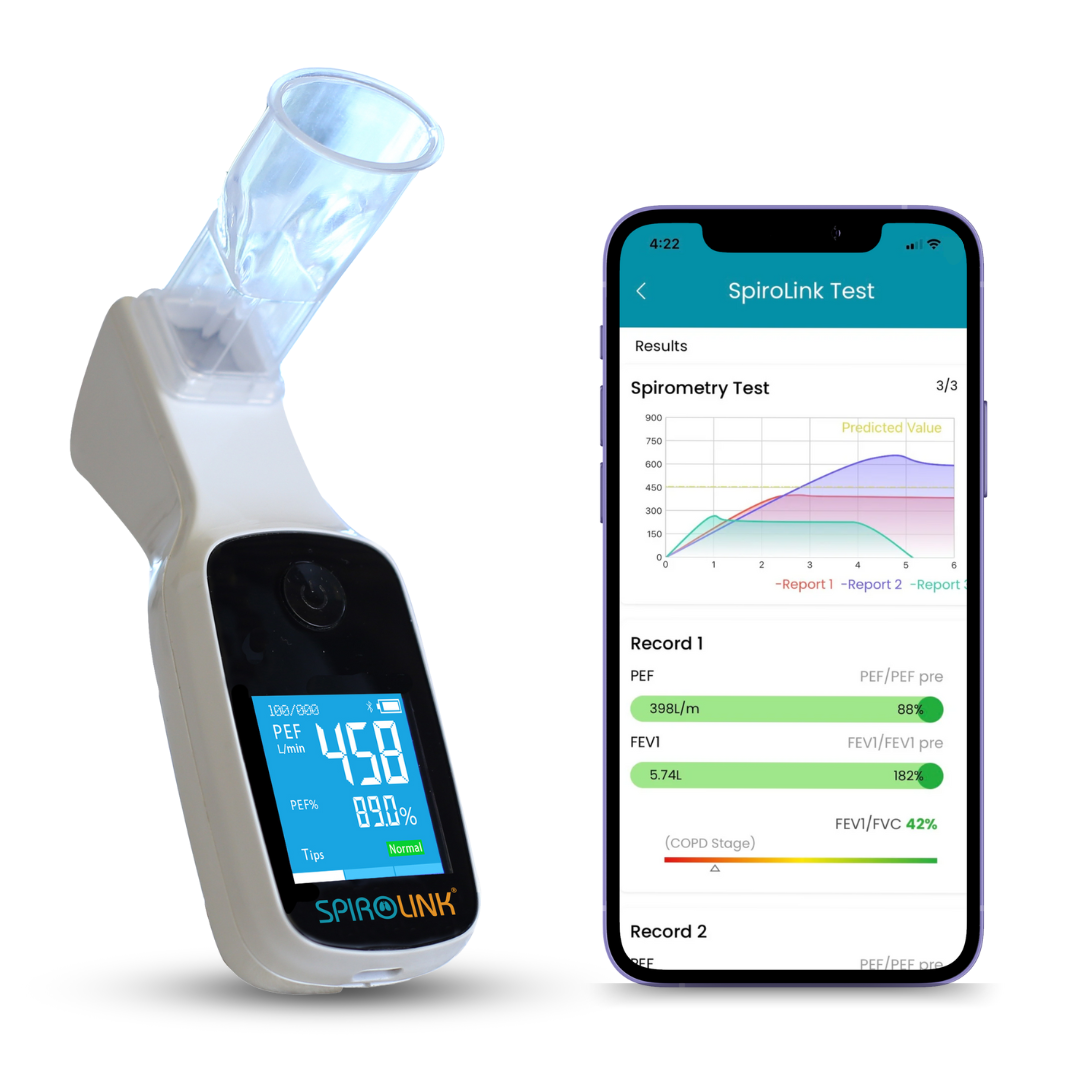
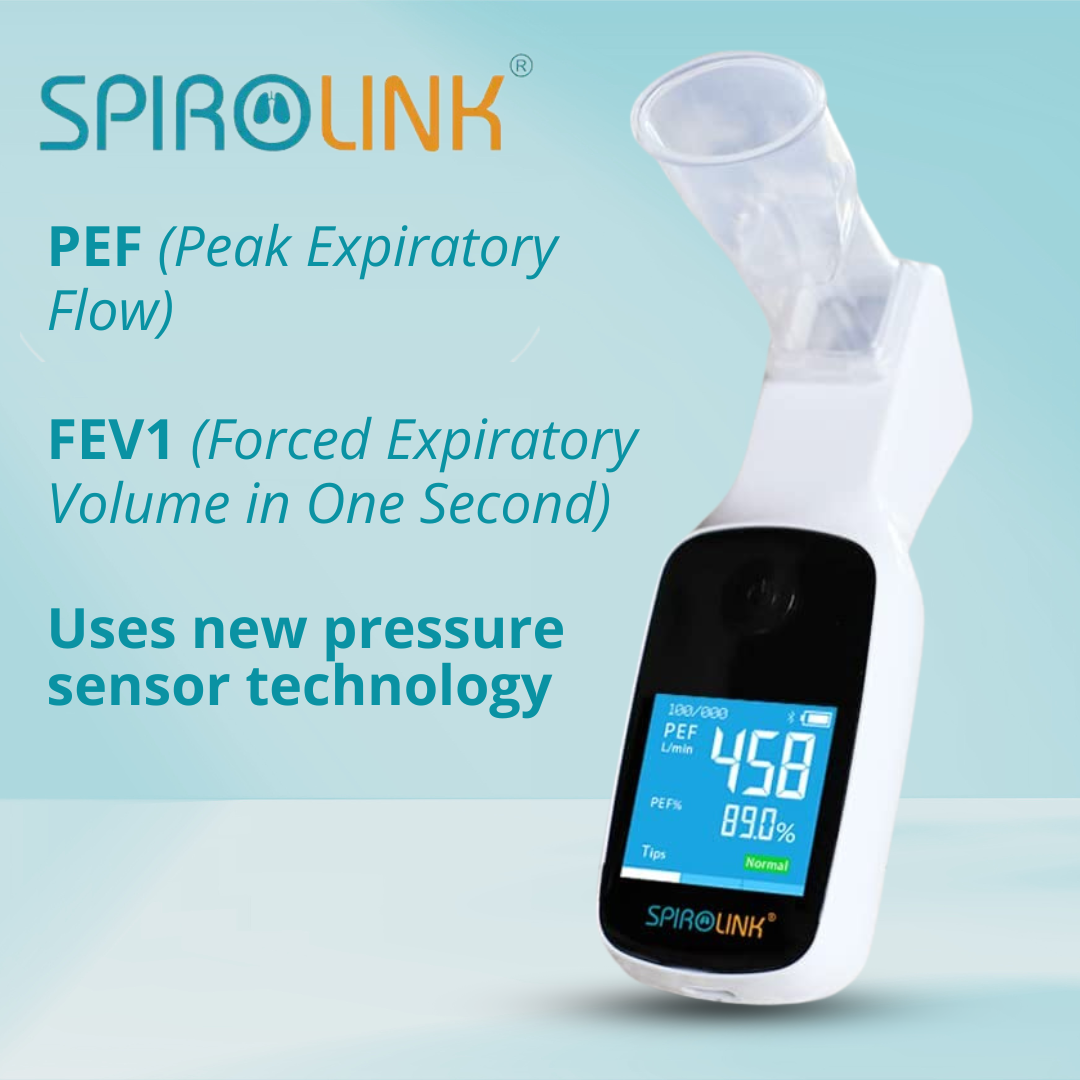
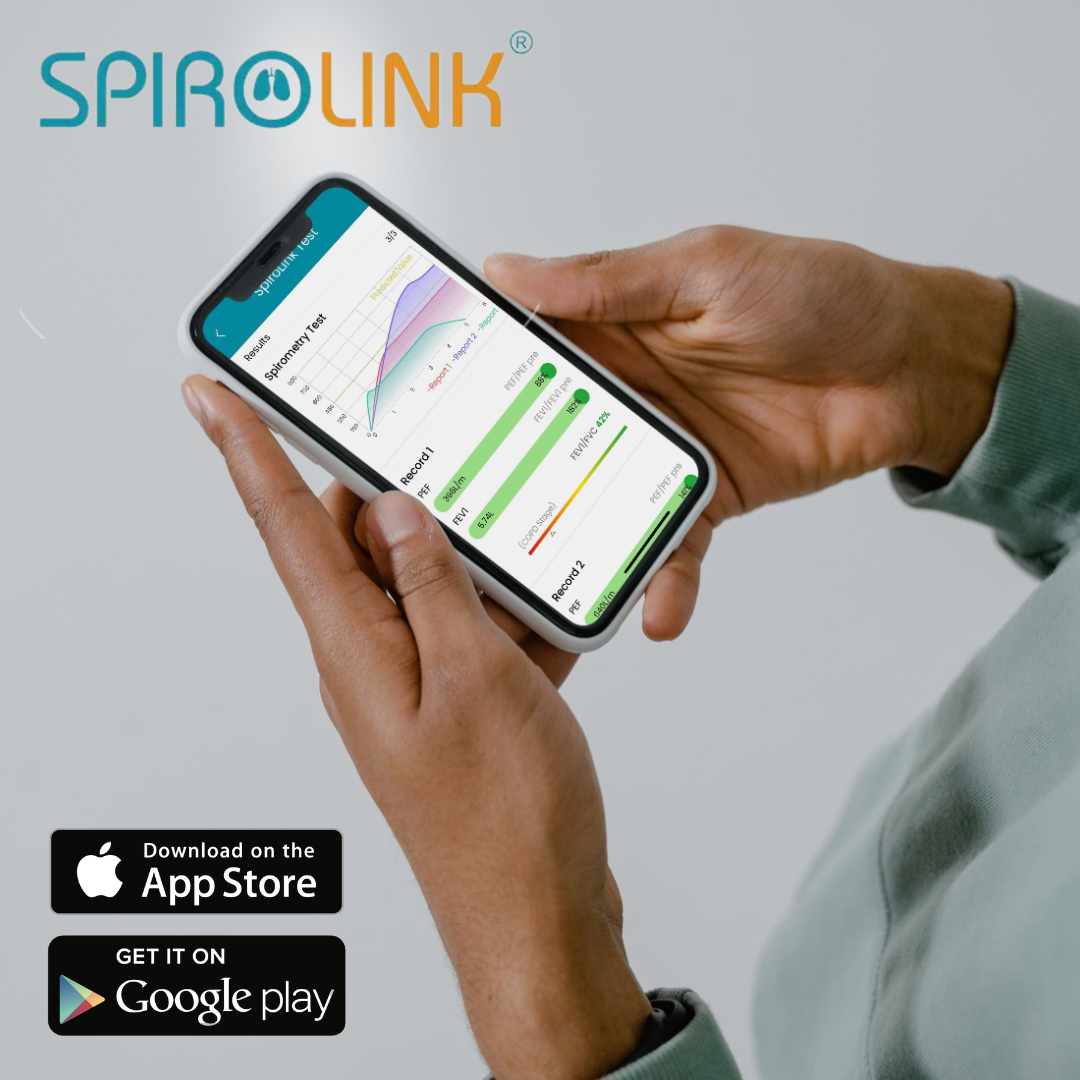
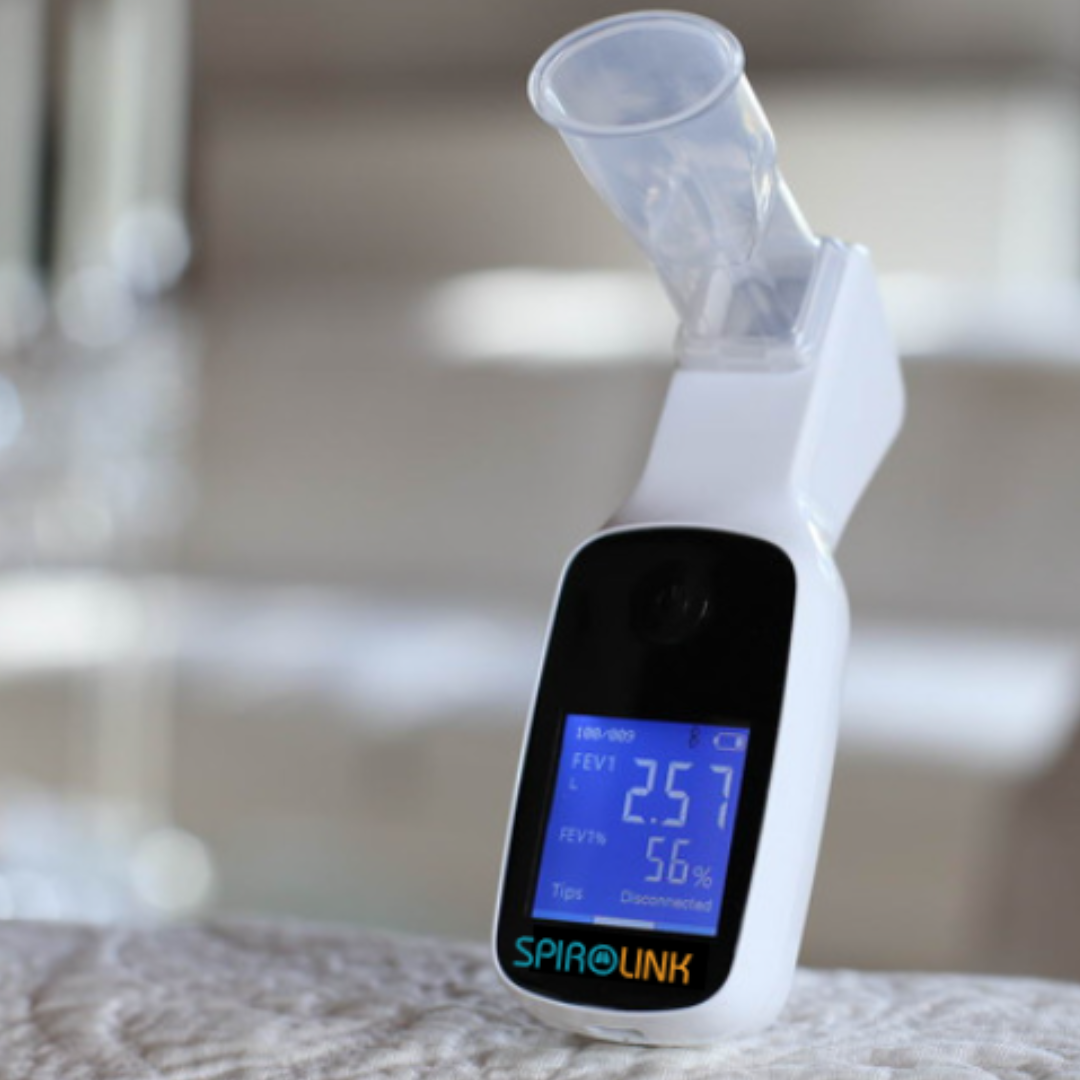
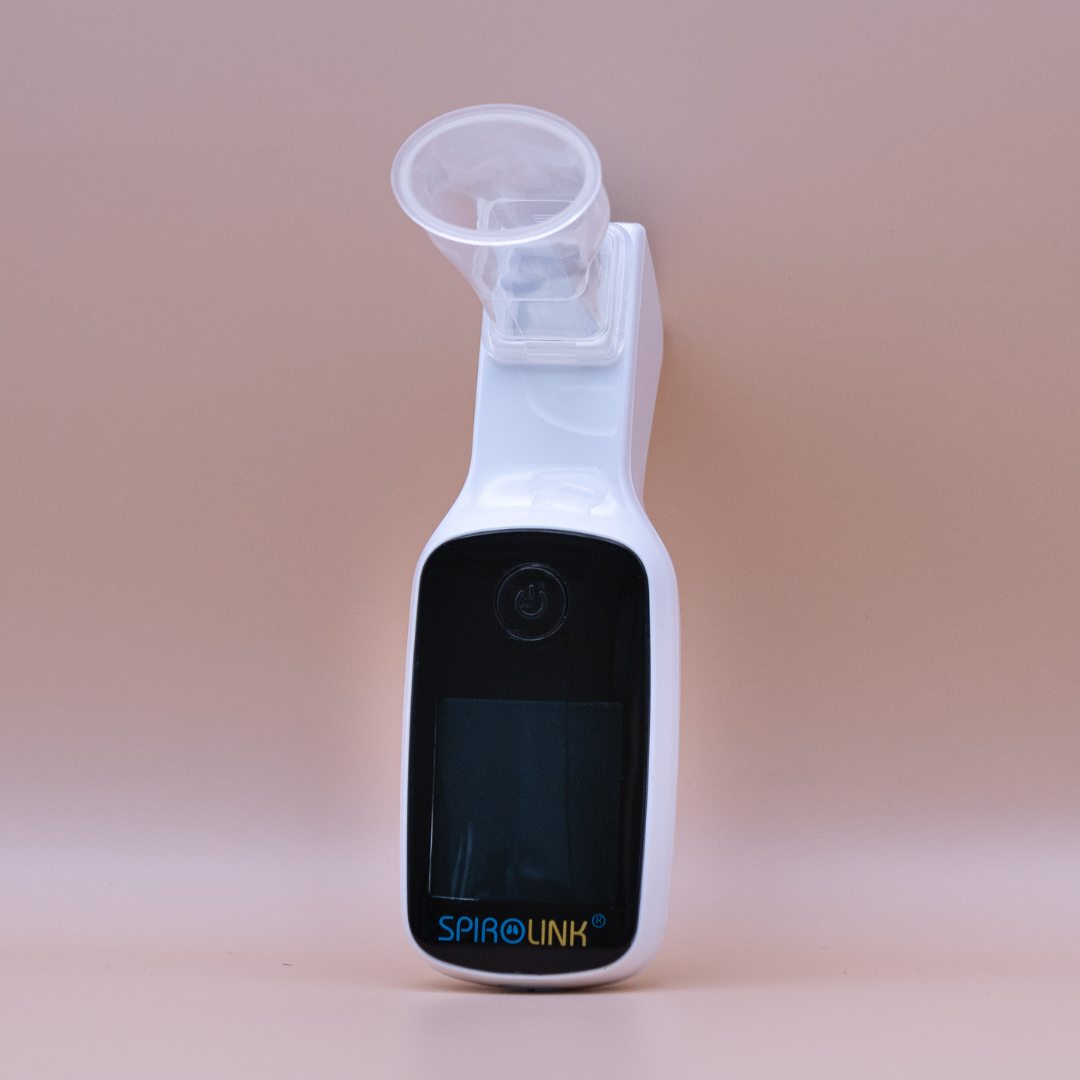

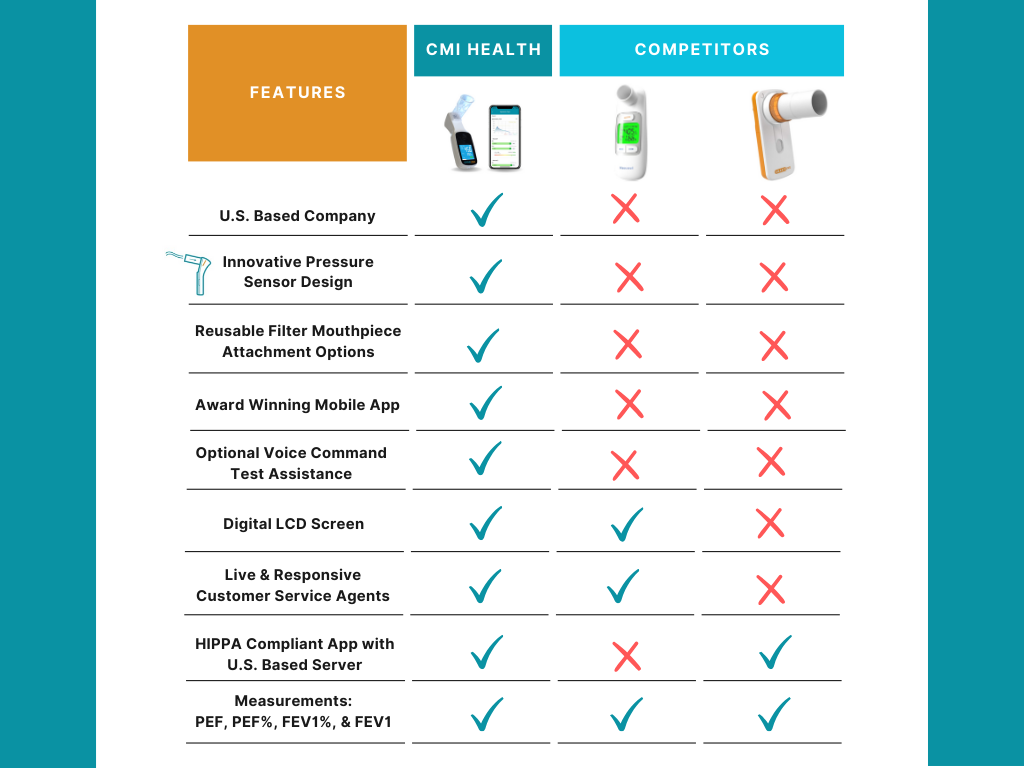
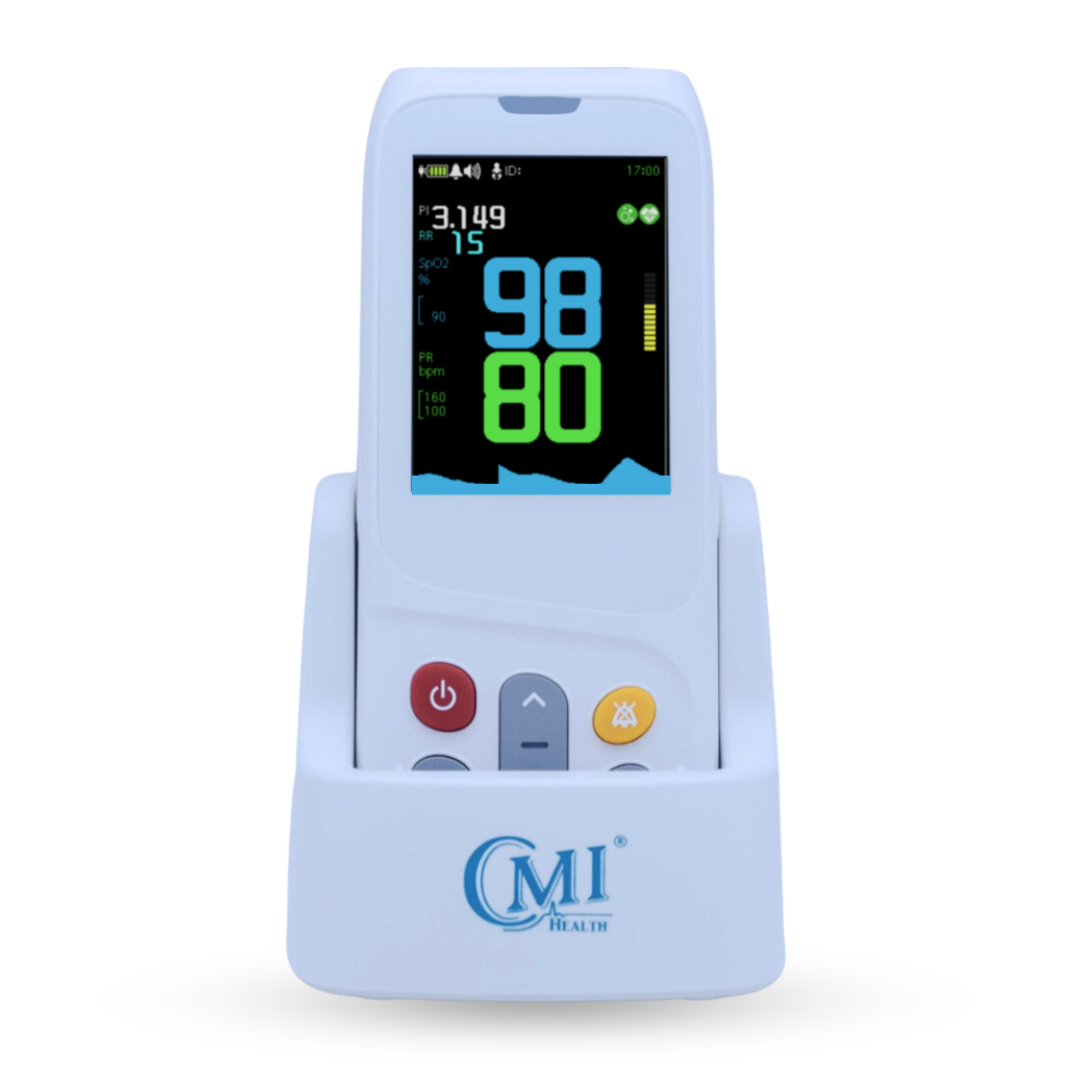
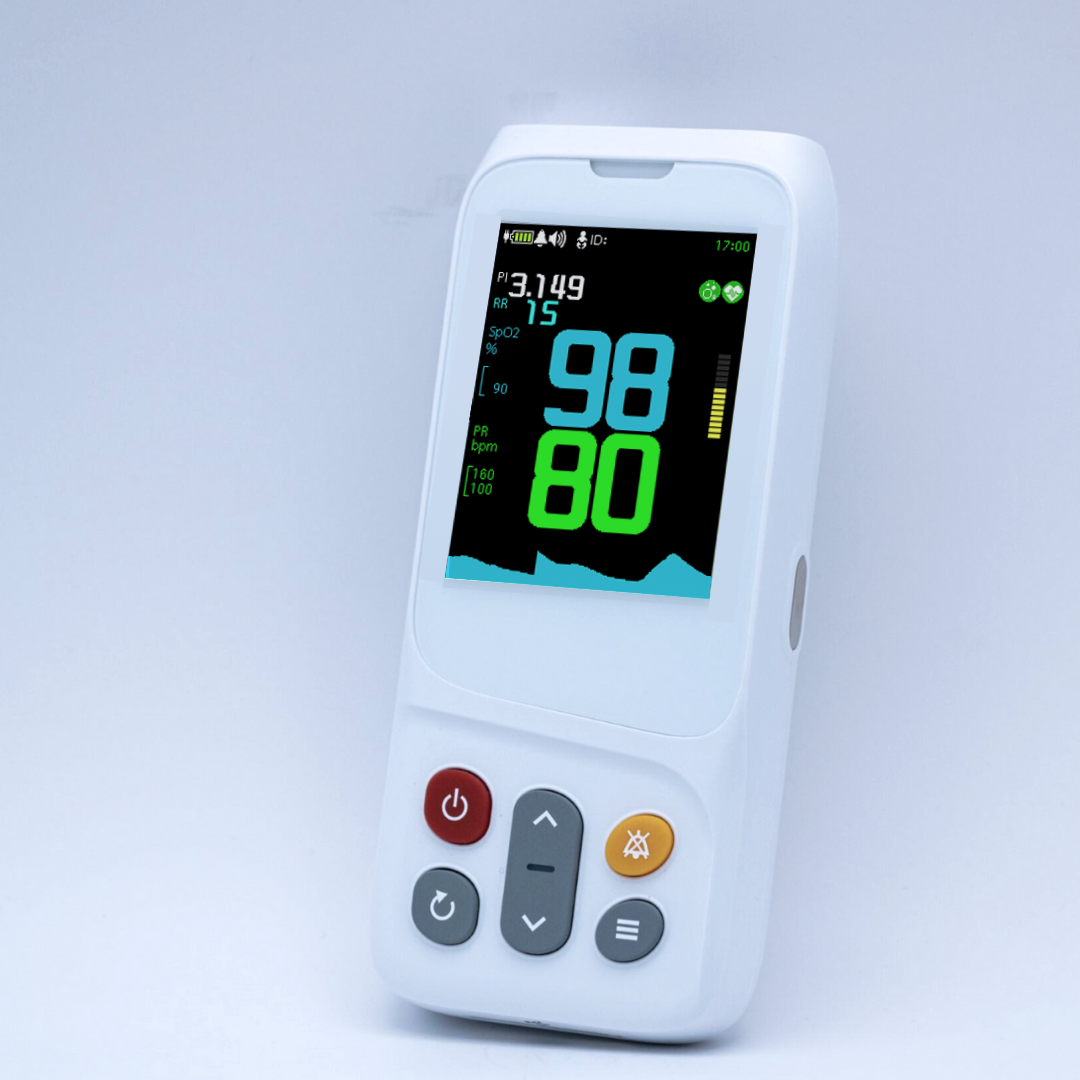
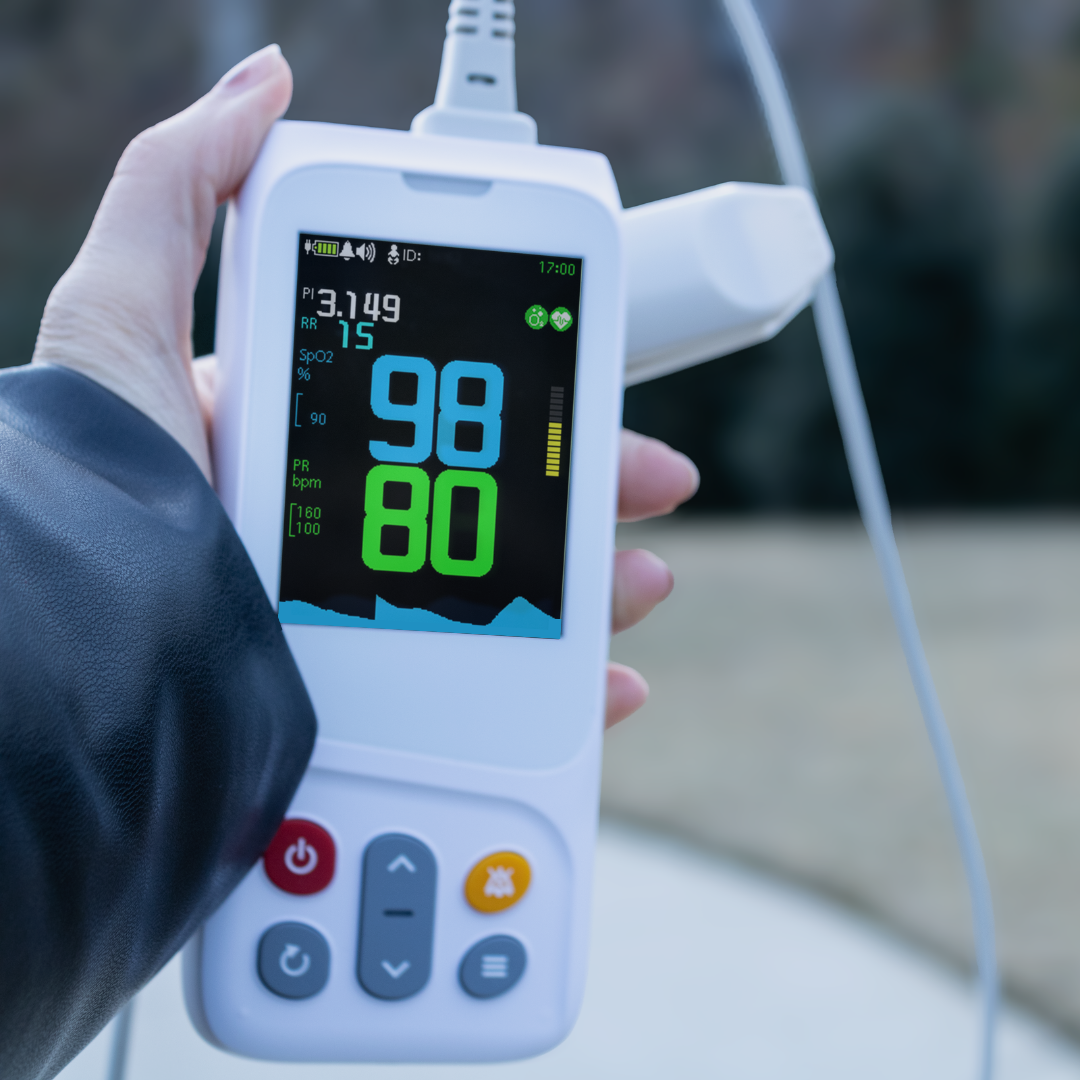
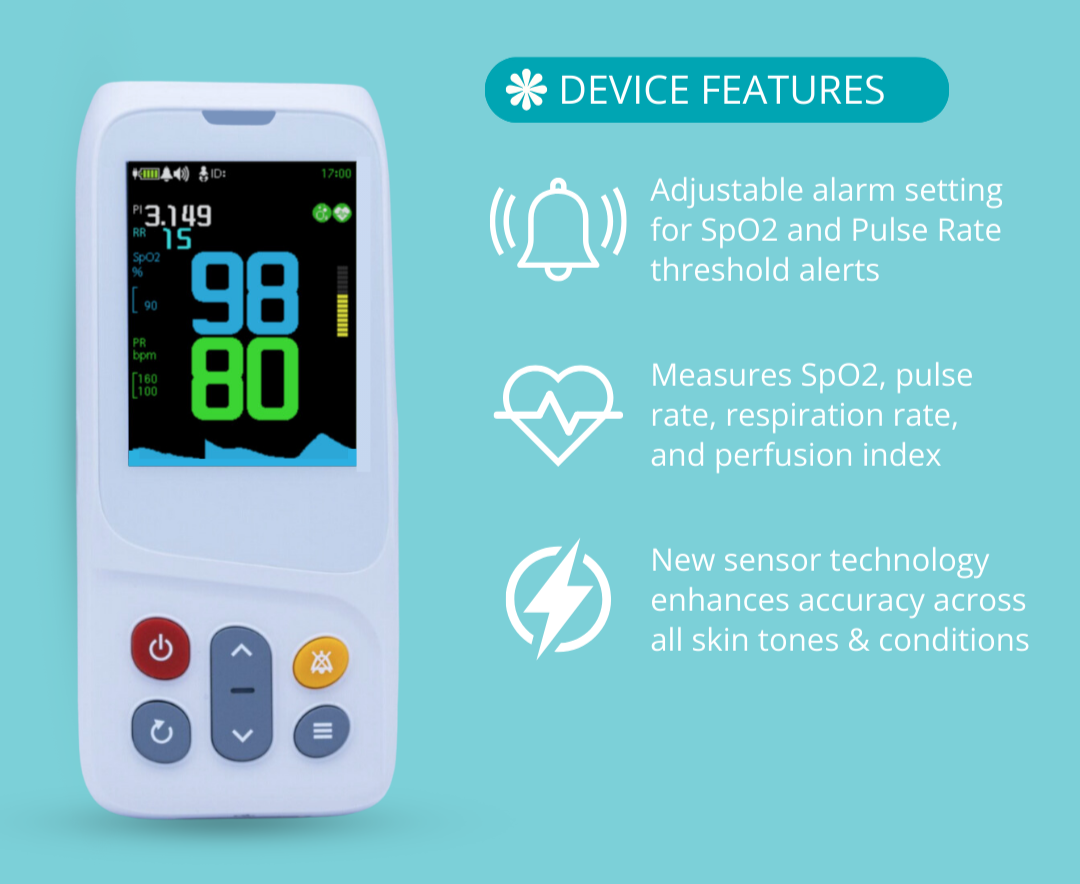
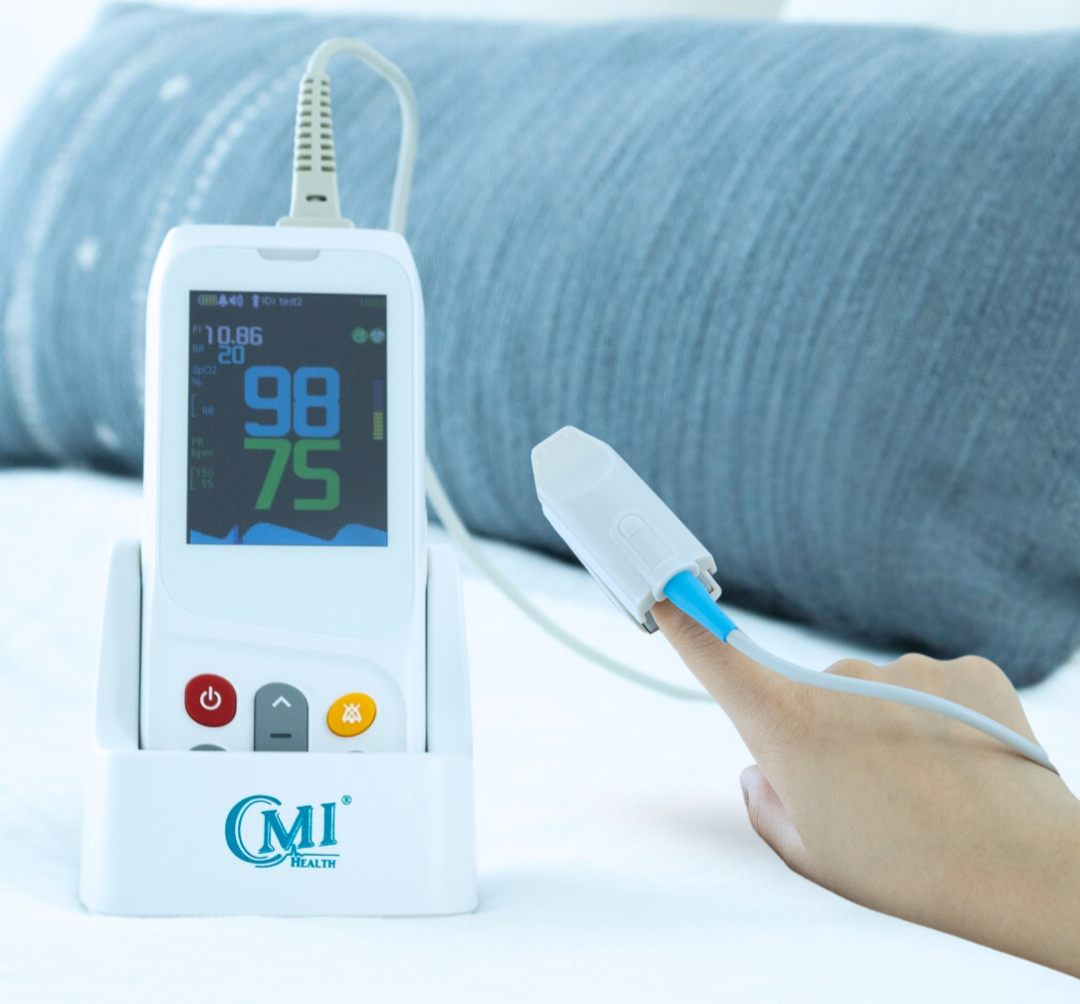
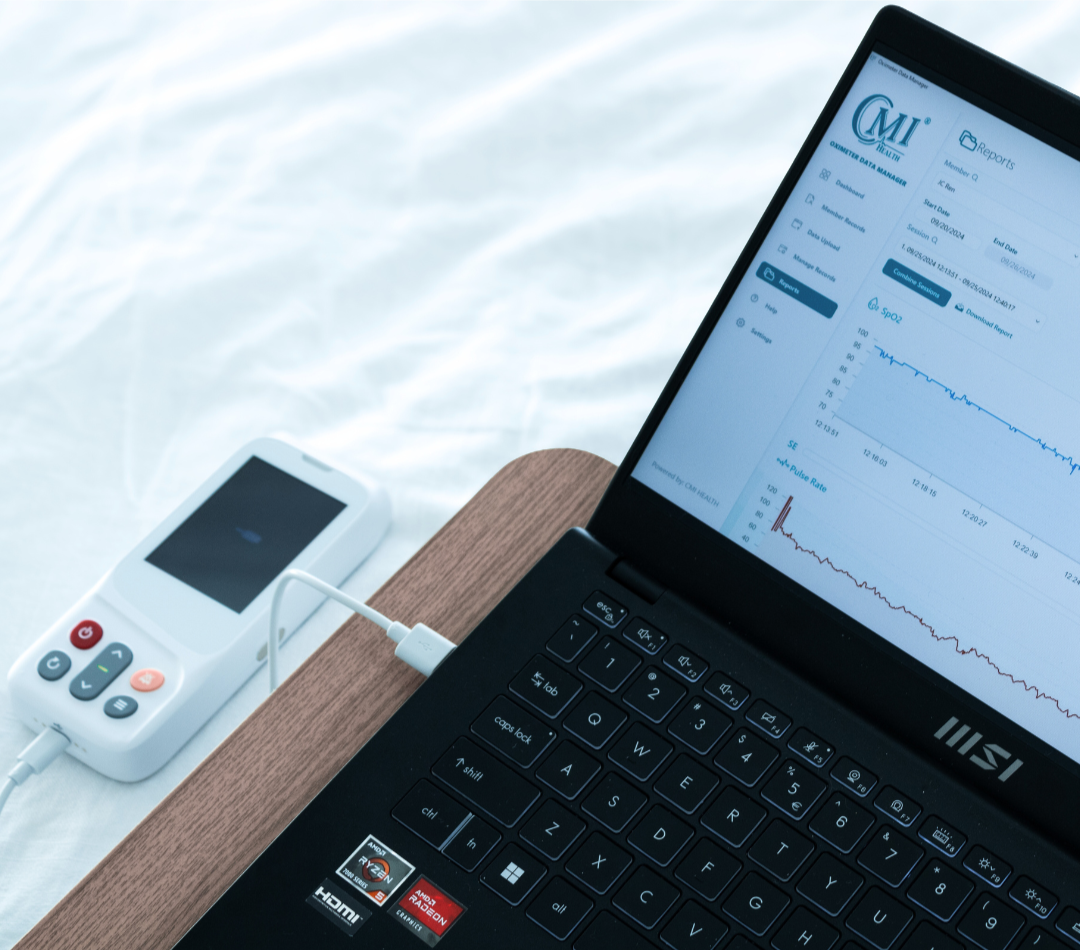
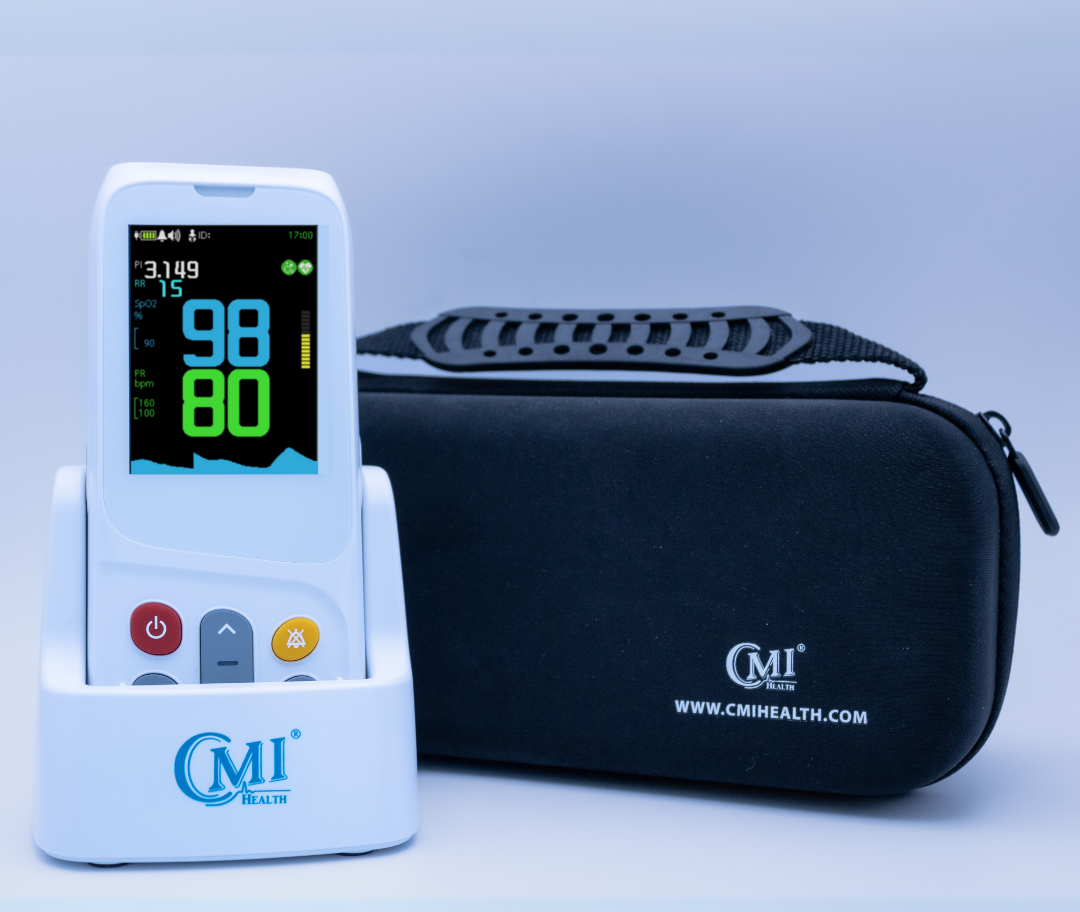
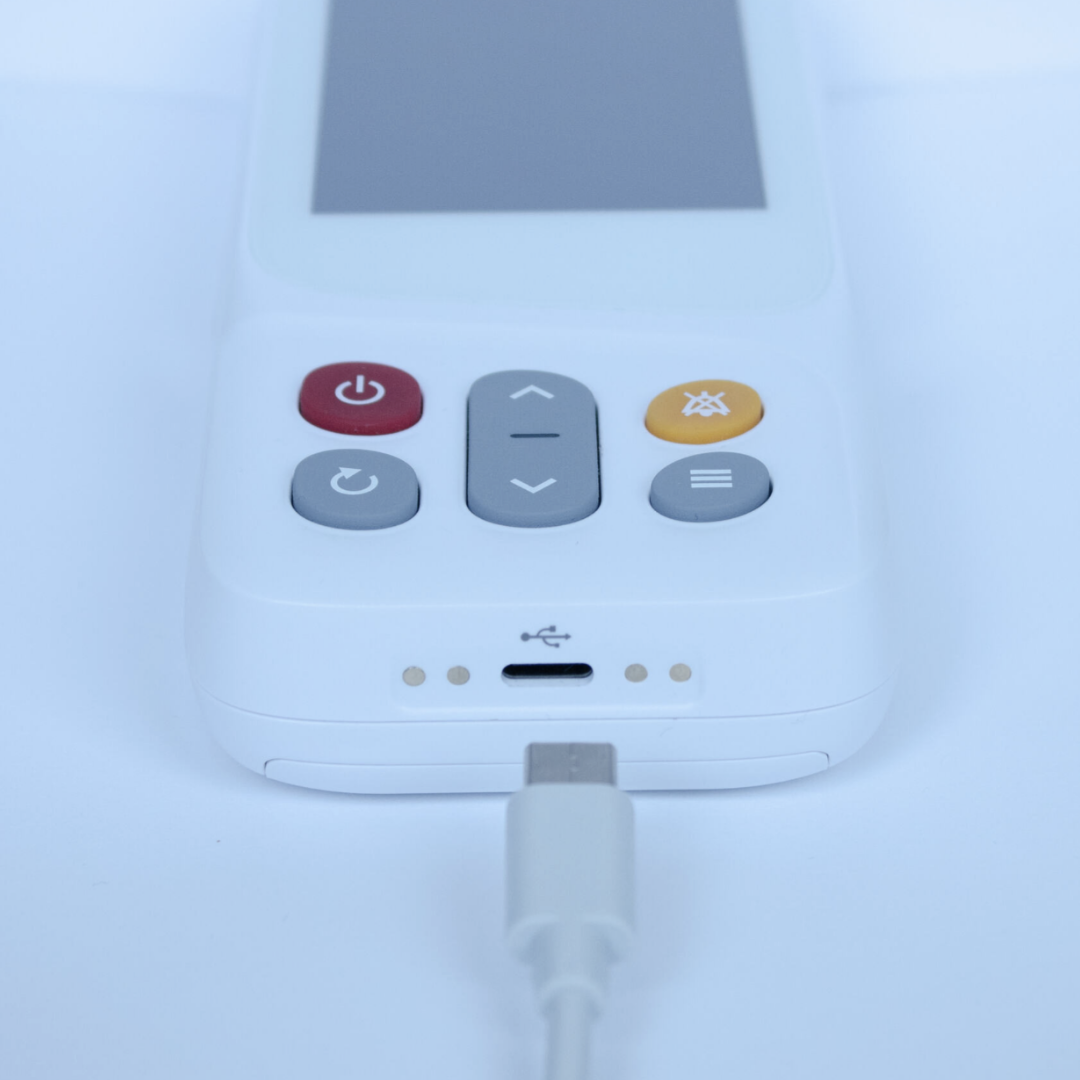
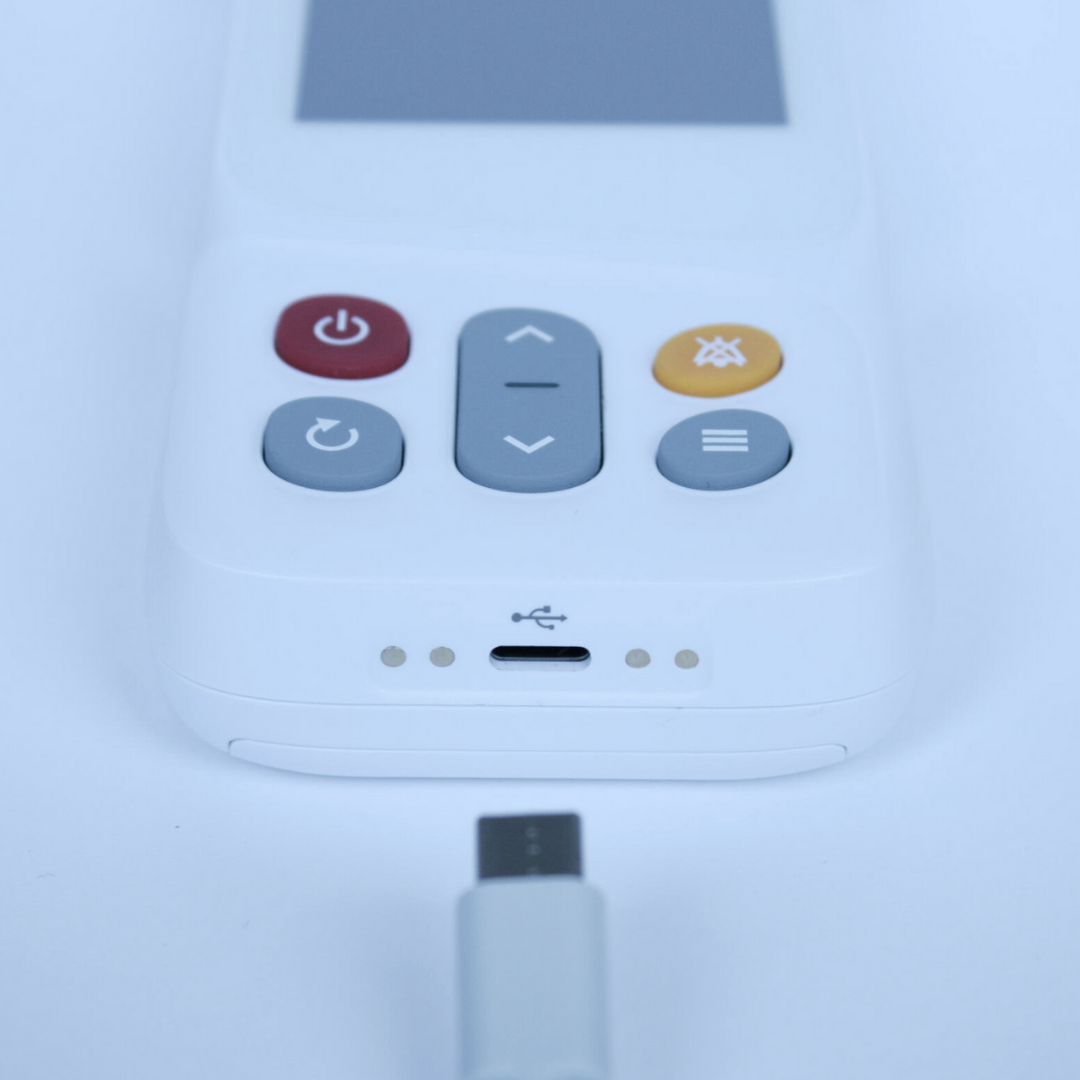
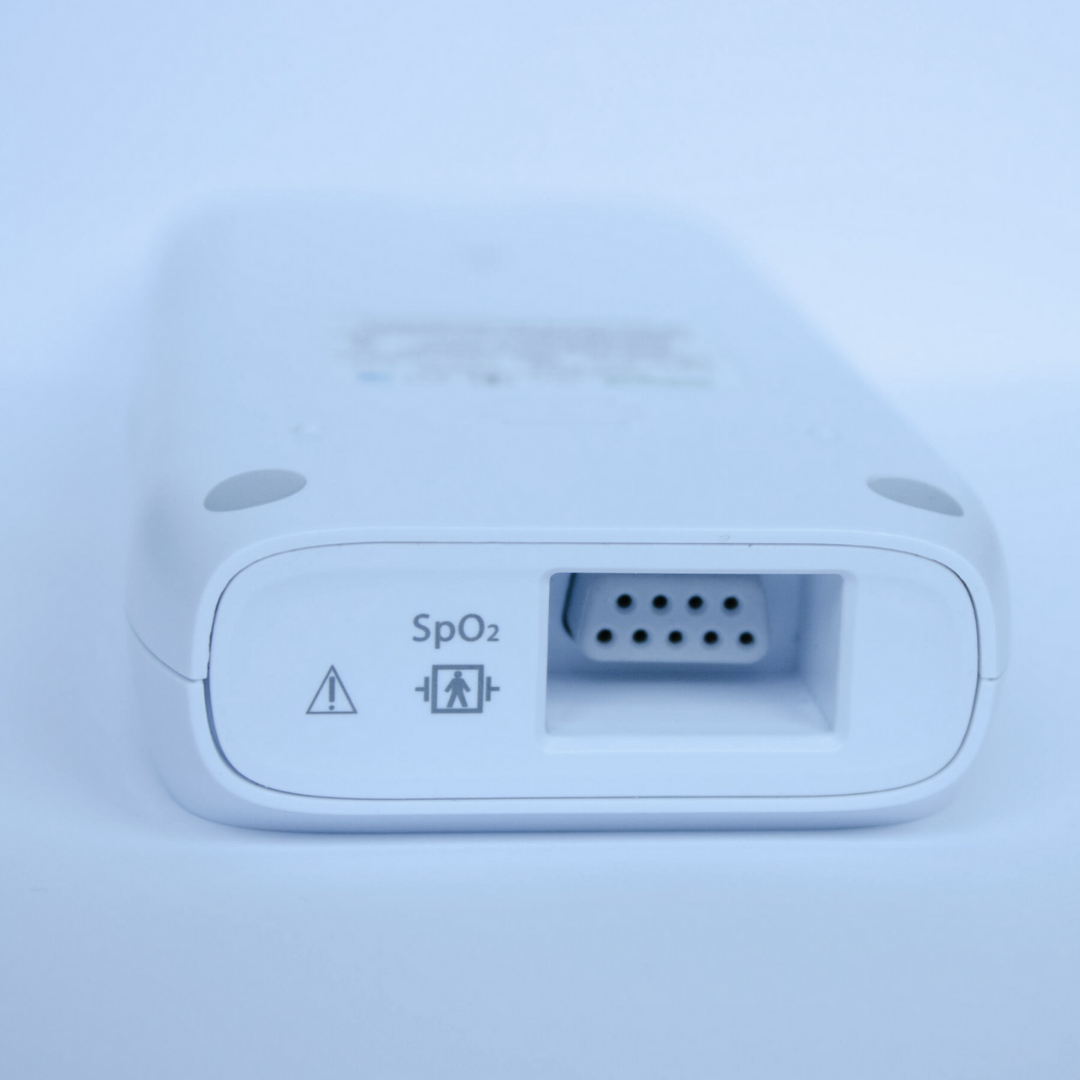
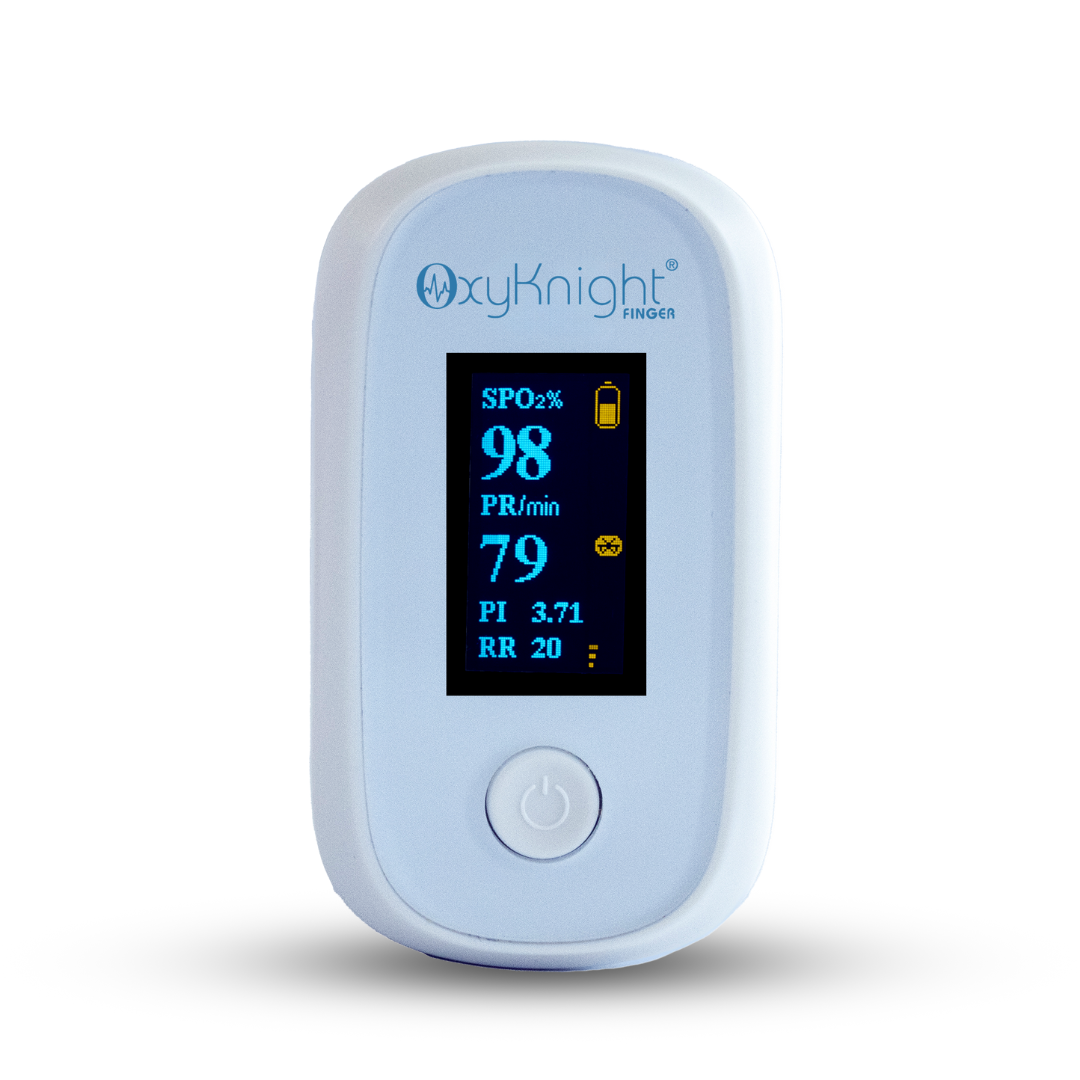
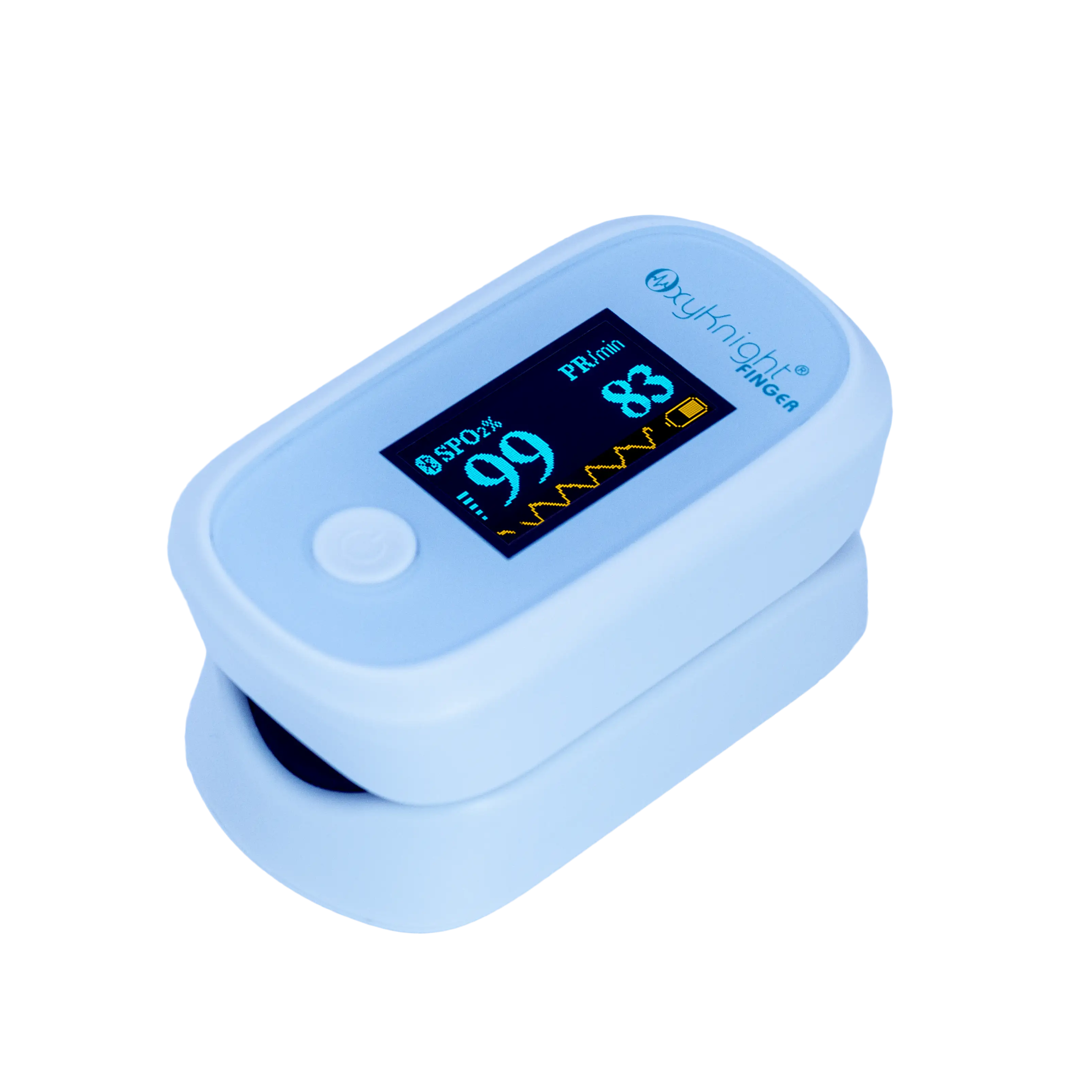
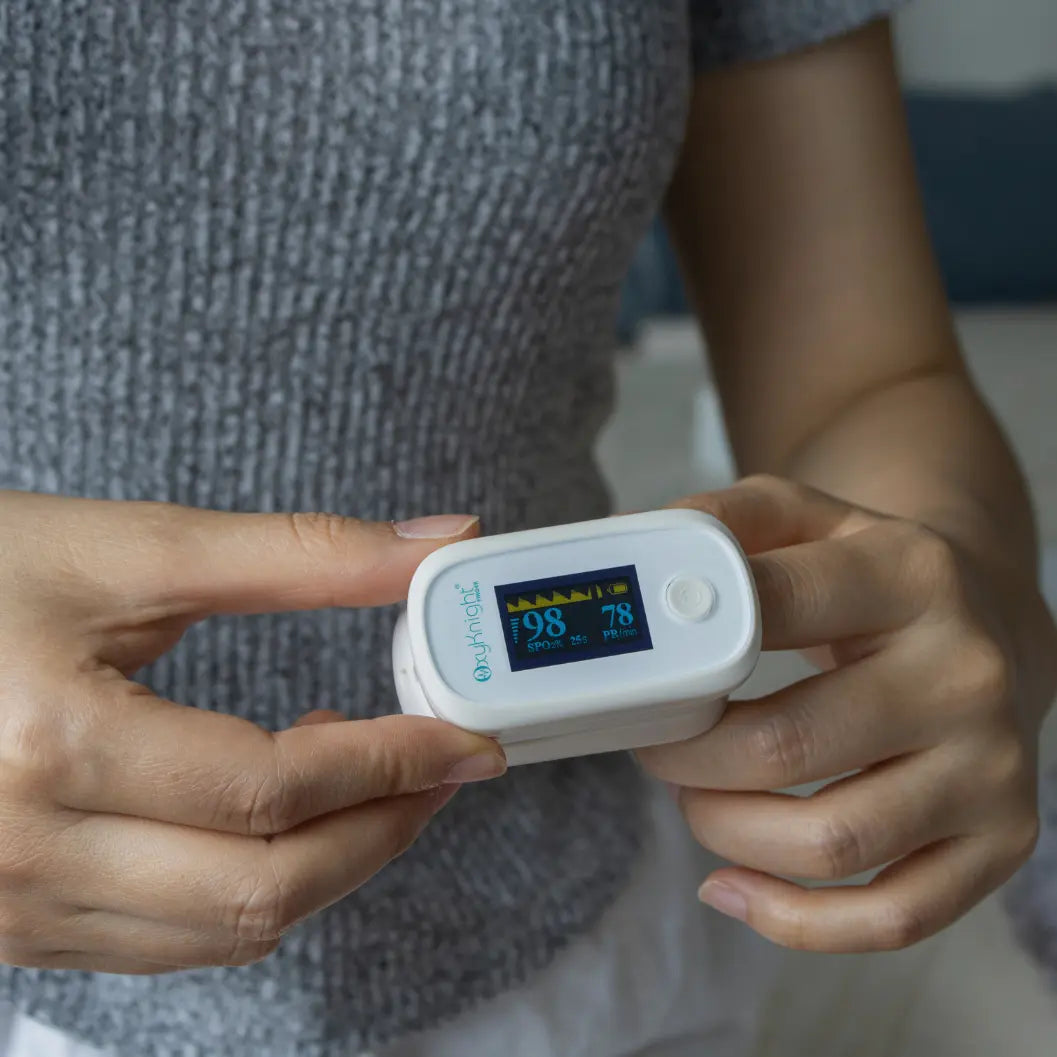
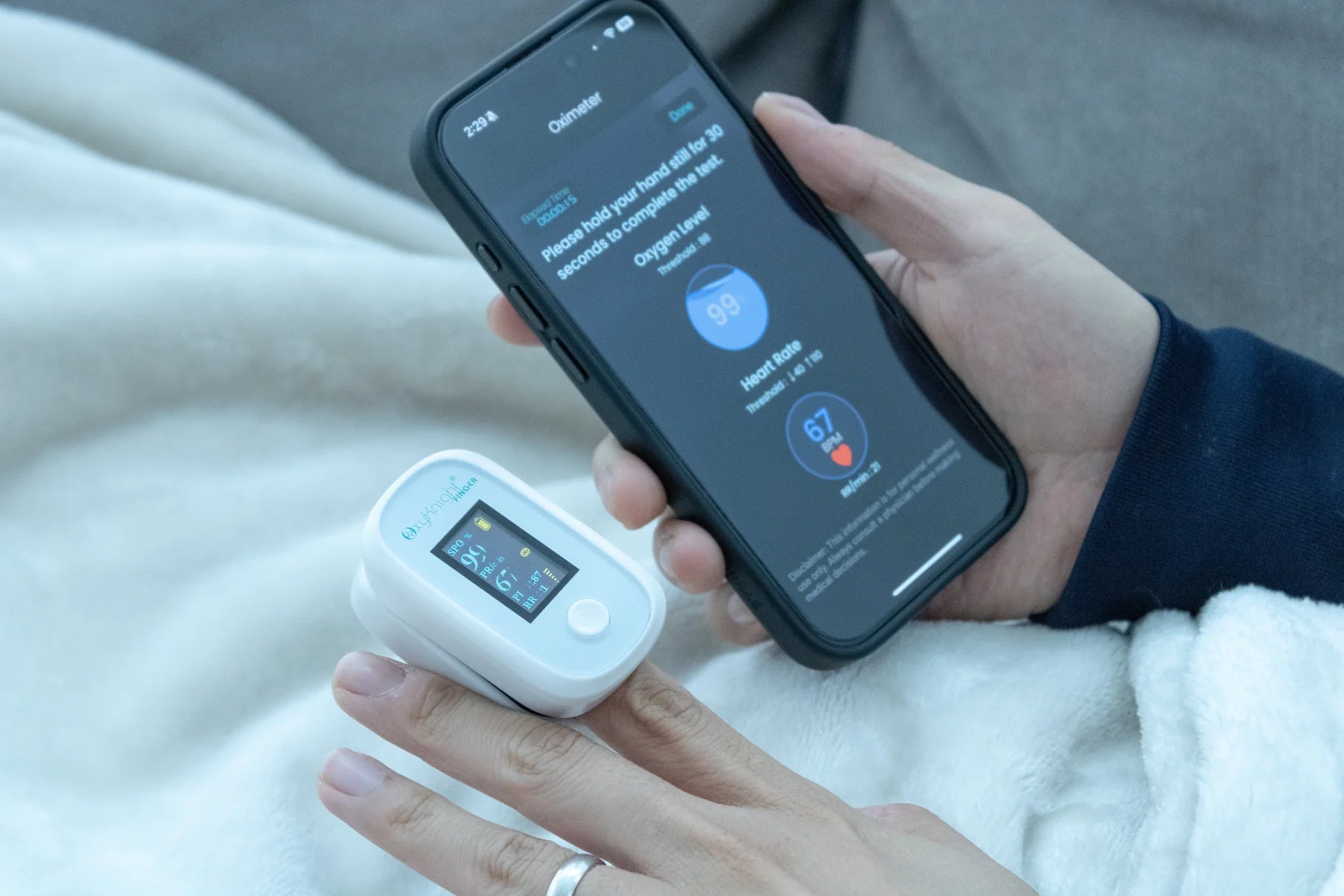
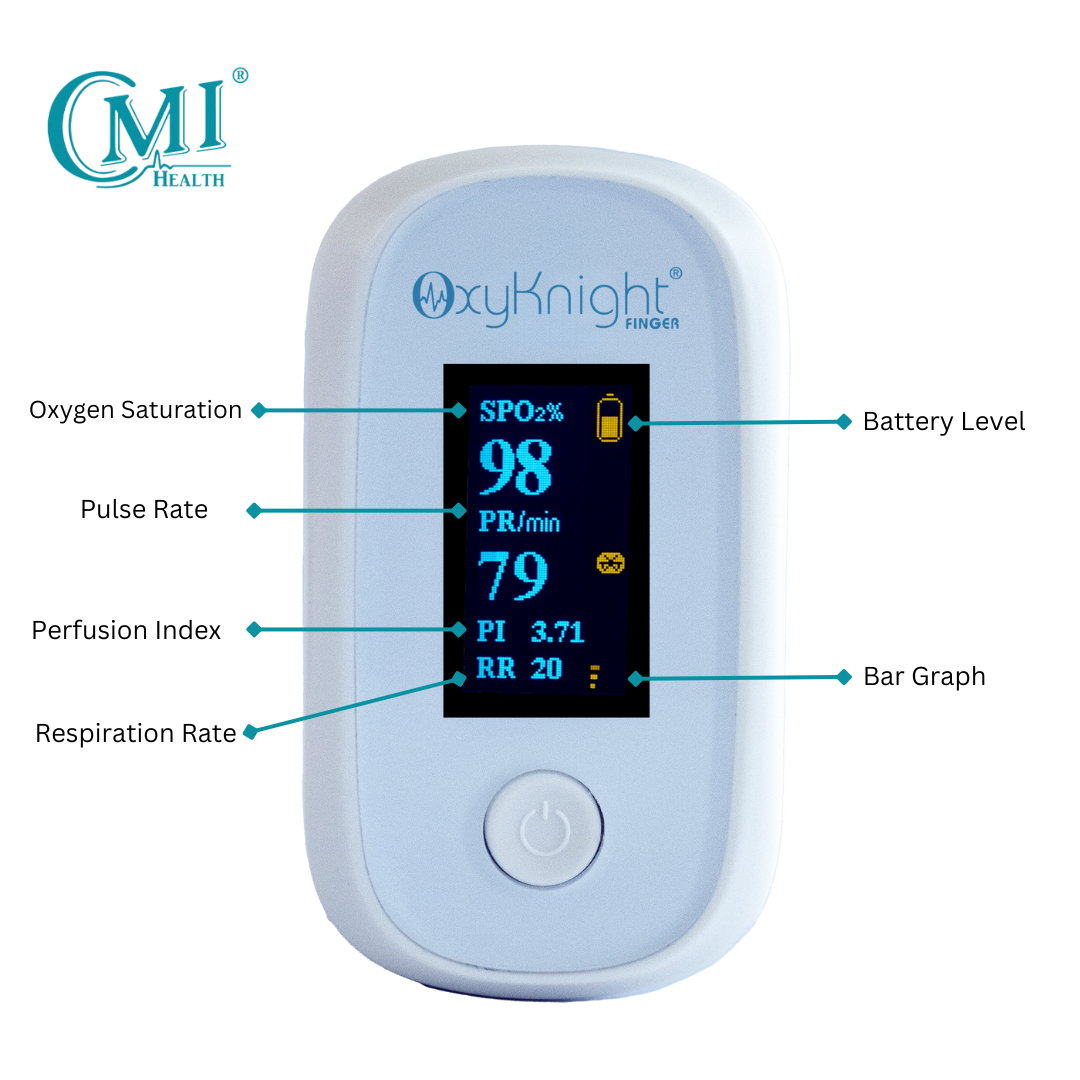
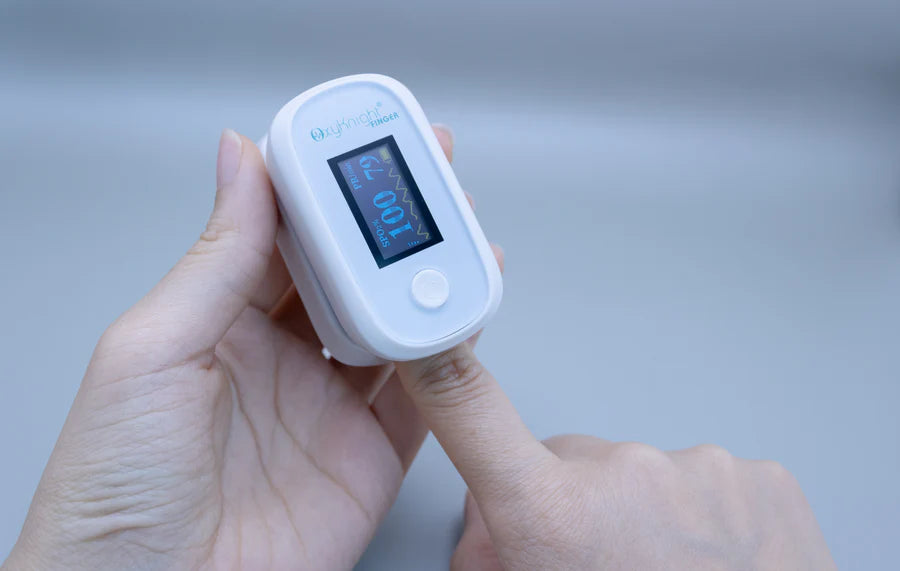
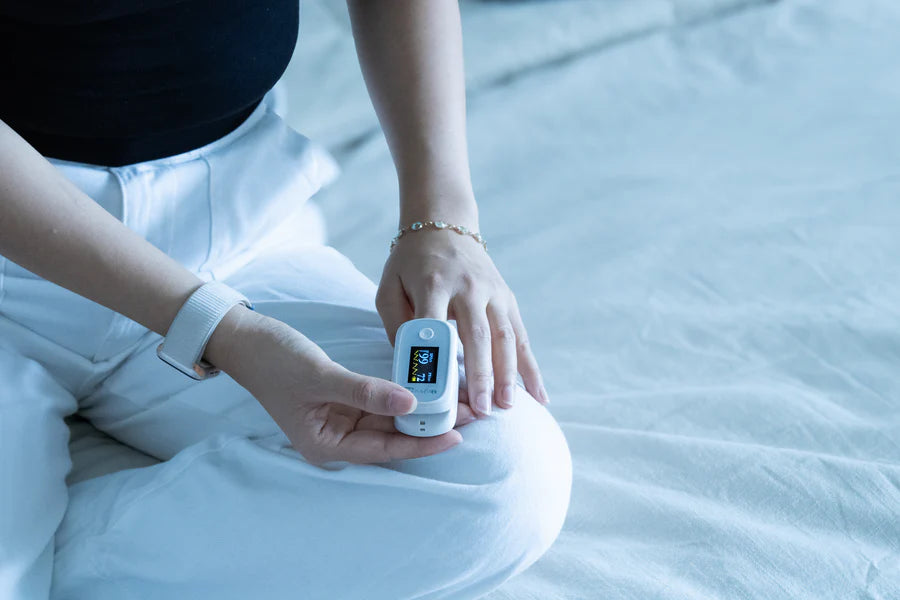
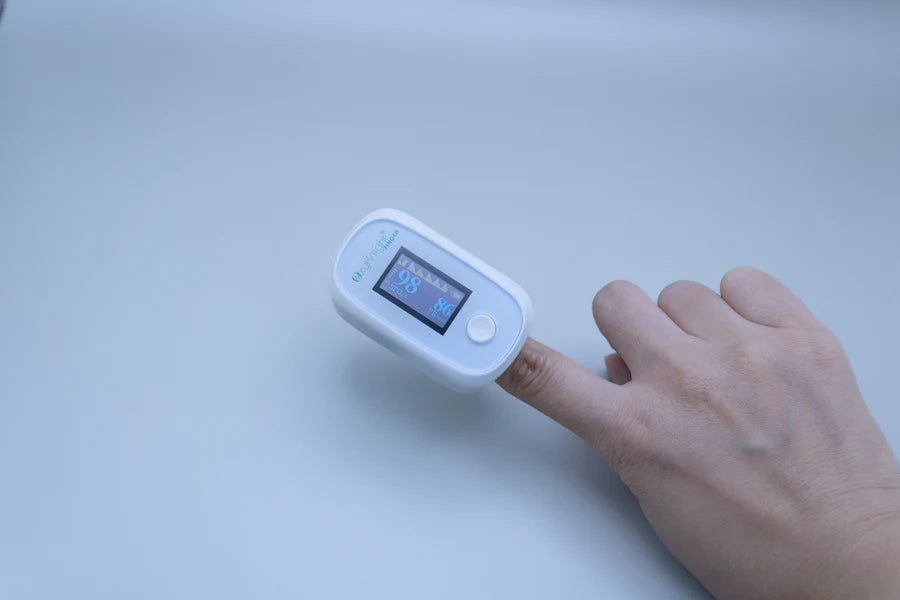
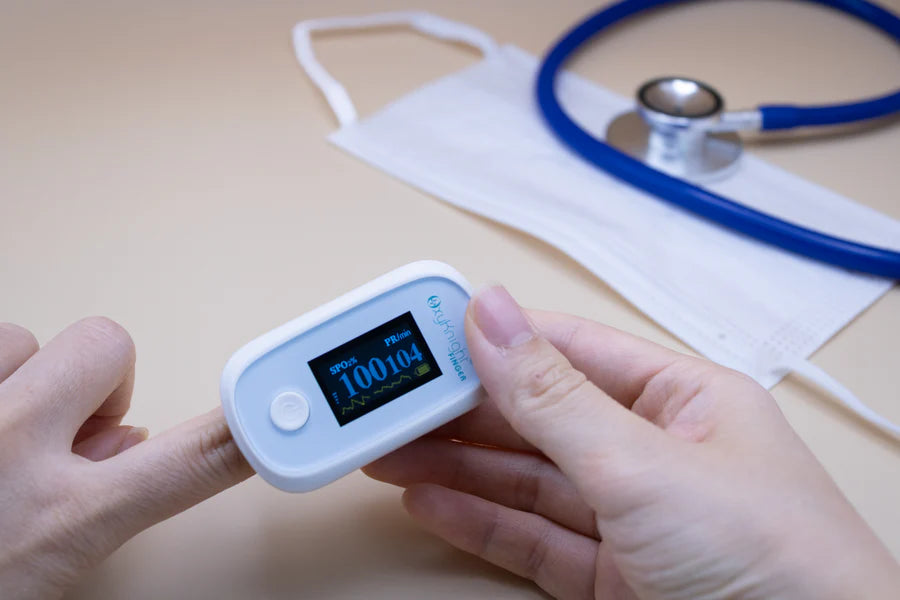
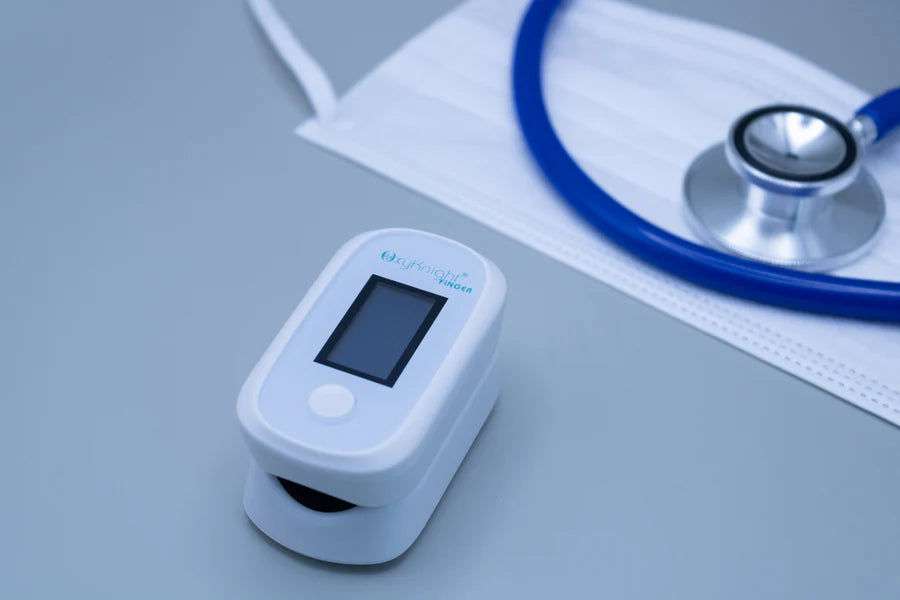



Leave a comment